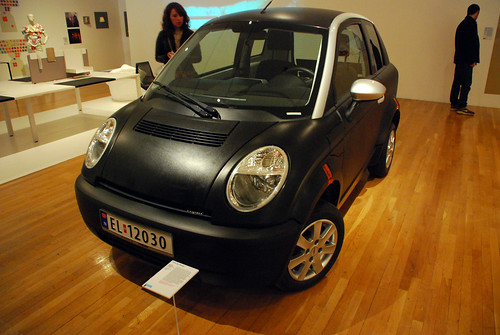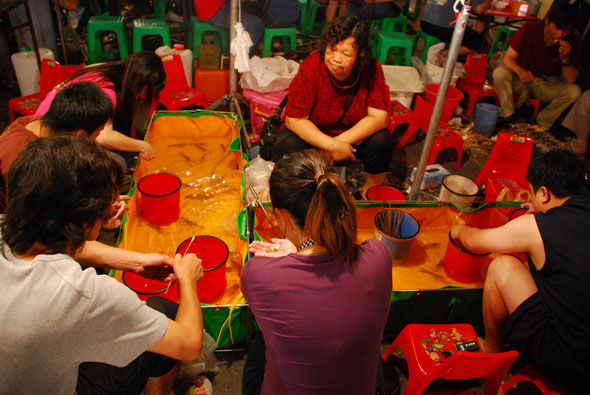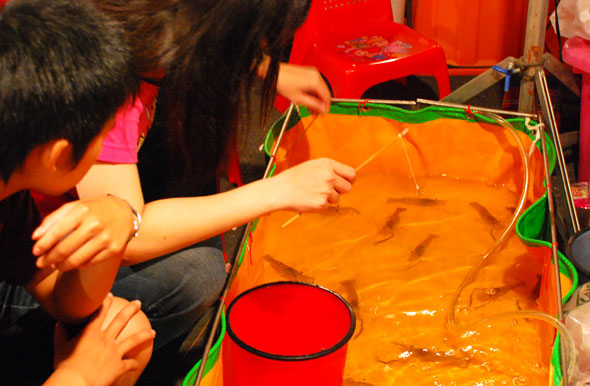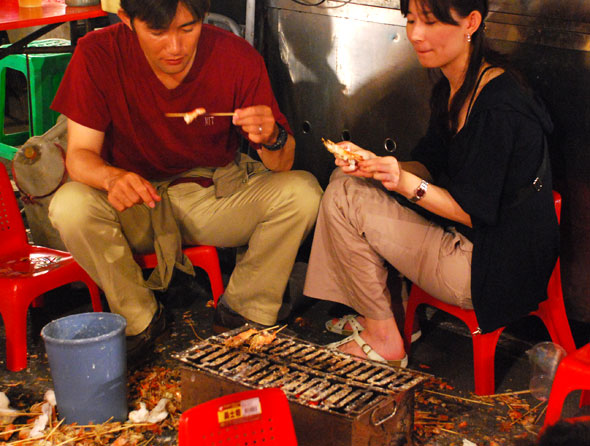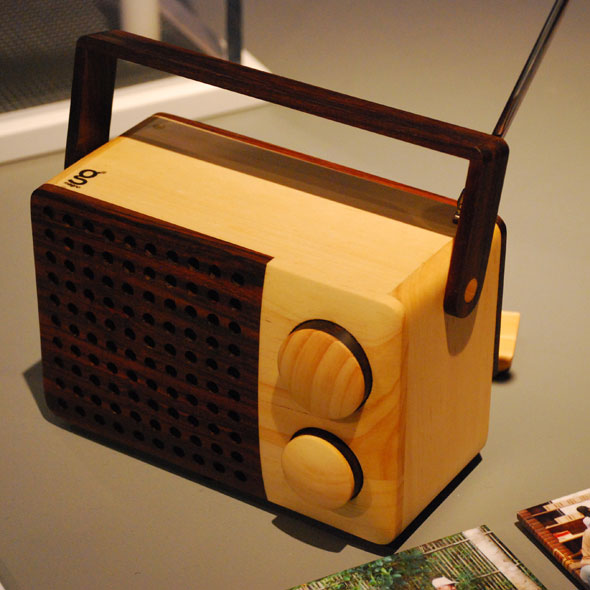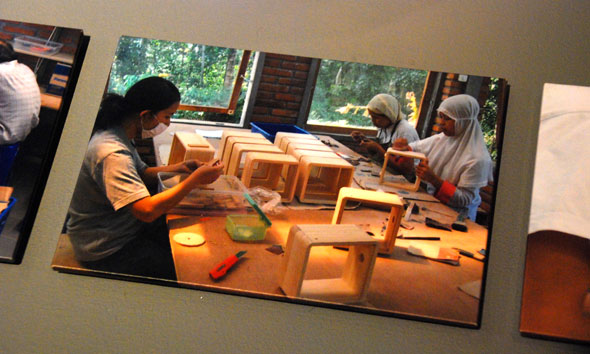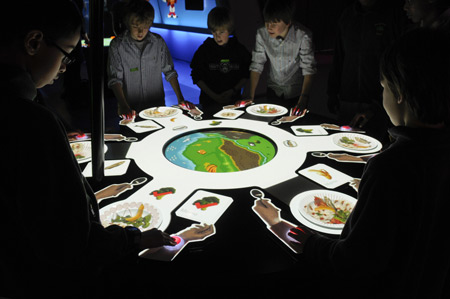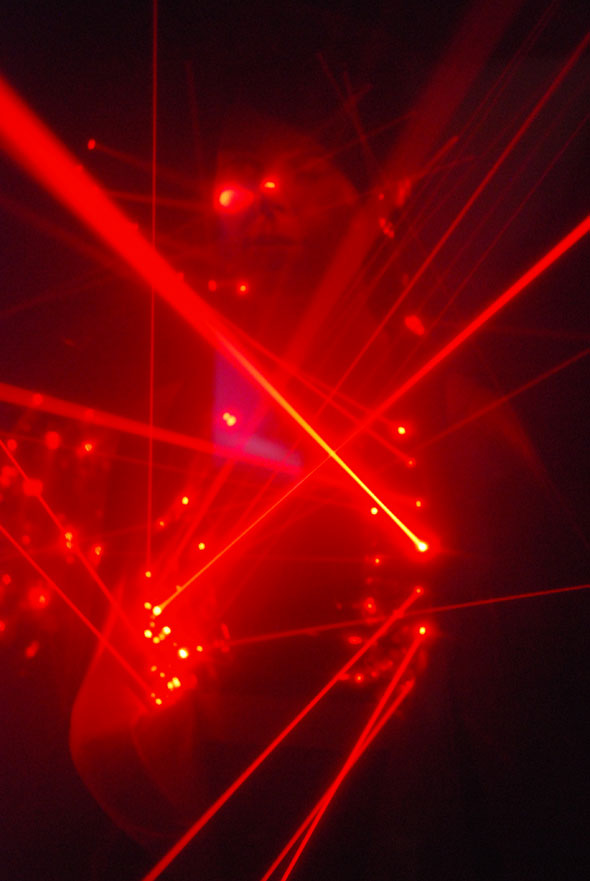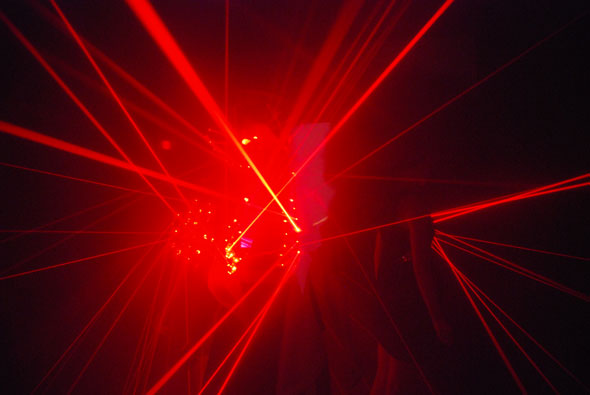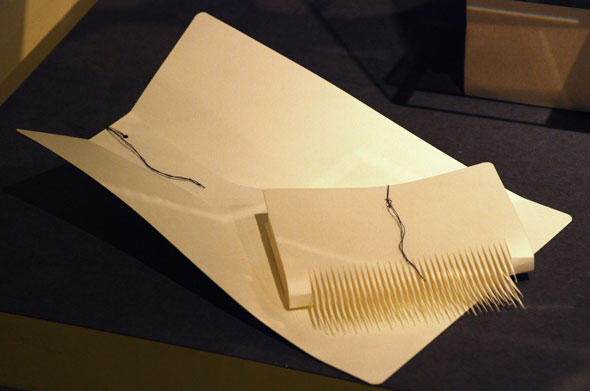Have you ever wondered why cars are painted? Is it to attract scratches? To stimulate the car wax industry? In addition to begging for a fender bender, painted panels are expensive to make, nearly impossible to repair or reuse, and they are toxic to people and the environment. The Think City car is purposely designed for life-cycle sustainability: the entire car is made of recycled and recyclable parts, with plastic body panels left unpainted and designed to be easily replaced and recycled. What’s next? Rubber bumpers?
From the text at the London Design Museum:
“Think City is a 100 per cent electric car. During its development, the environment has always been at the heart: from being environmentally sound to drive, to the car itself being designed to be recycled. The size lends itself to city driving yet it is the first electrical vehicle certified to also travel on the motorway. The materials have been carefully selected and engineered to be easily maintained and recycled; the plastic body work and other plastic panels being unpainted, reducing both energy consumption and toxins while also making the panels easier to recycle. The batteries use the latest lithium ion technology, which are returned to the supplier at the end of their usable life. The car itself is being produced and assembled in Think’s low-carbon emission factory.”
